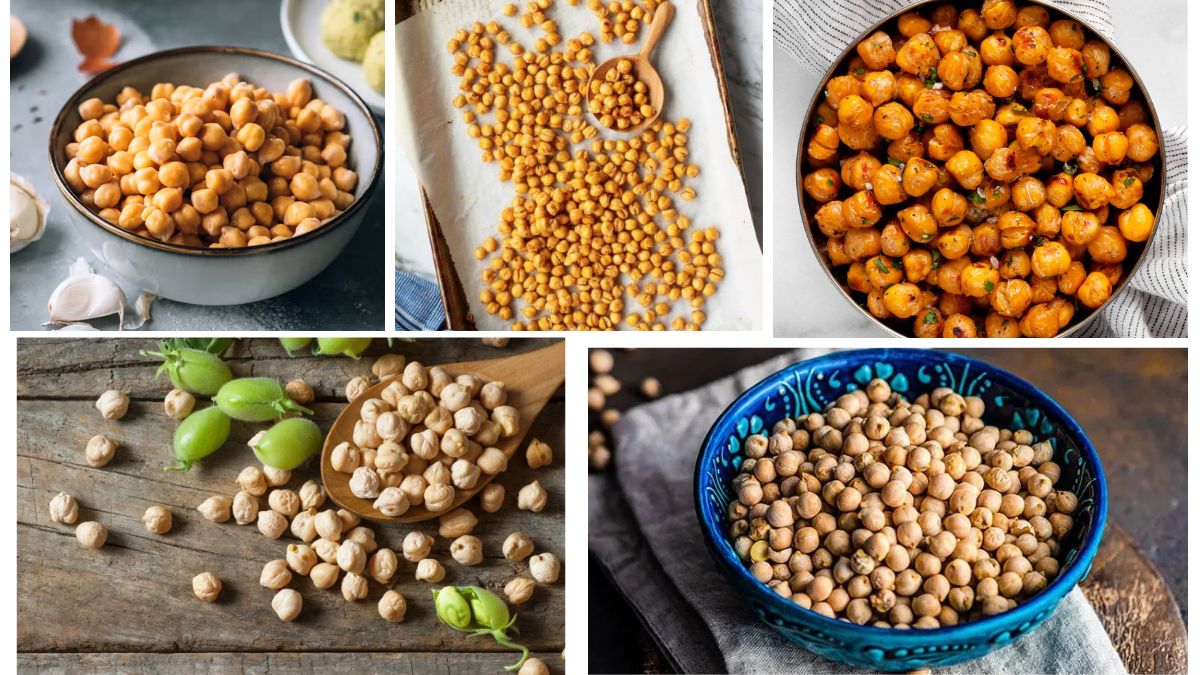Chickpeas, also known as garbanzo beans, are among the most ancient and widely consumed legumes in the world. Their importance in human diets spans thousands of years and continues to grow today due to their rich nutritional profile, versatility, and prominence in vegetarian and vegan diets. As a critical source of plant-based protein, chickpeas are a staple in diverse cuisines from the Mediterranean and the Middle East to South Asia and Latin America.
This article explores the leading producers of chickpeas globally, with a primary focus on identifying the largest producer of chickpeas in the world, the reasons behind their dominance, and the impact of chickpea cultivation on the global agricultural landscape.
Global Significance of Chickpeas
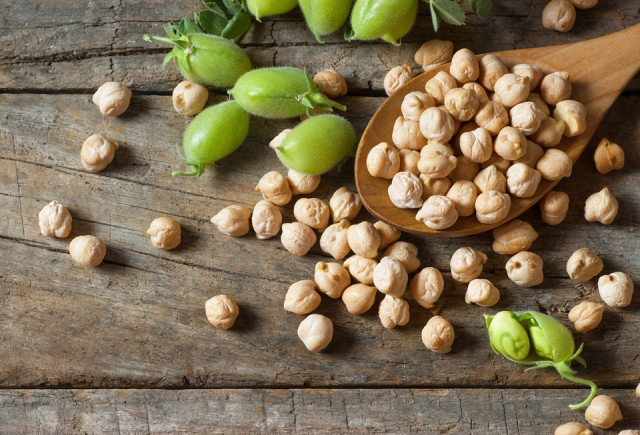
Chickpeas are cultivated in over 50 countries across the globe, playing a crucial role in ensuring food security, promoting sustainable agriculture, and supporting rural economies. These legumes are drought-resistant, improve soil fertility through nitrogen fixation, and are widely adopted in crop rotation systems.
There are two main types of chickpeas:
- Desi chickpeas (small, dark, and rough-coated, primarily grown in India and neighboring countries)
- Kabuli chickpeas (larger, lighter in color, smoother seed coat, commonly grown in the Mediterranean and North America)
Which Country Is the Largest Chickpea Producer in the World?
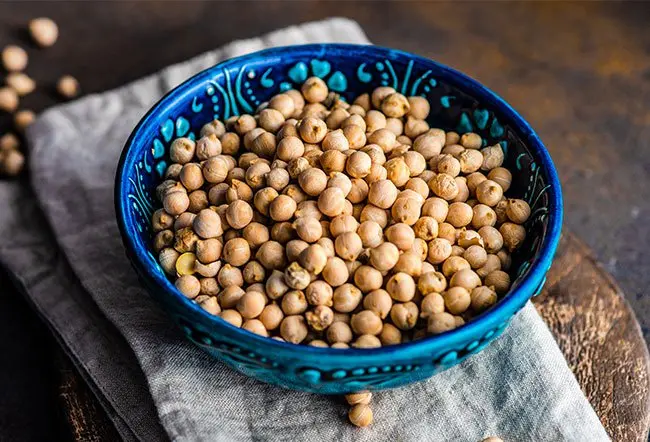
As of the latest available data from the Food and Agriculture Organization (FAO) and global agricultural reports, India stands as the largest chickpea producer in the world, contributing to over 65% of the global production.
India: The Global Chickpea Powerhouse
1. Production Statistics
India produces more than 10 million metric tons of chickpeas annually, making it the undisputed leader in chickpea cultivation. The states of Madhya Pradesh, Maharashtra, Rajasthan, Andhra Pradesh, and Karnataka account for a significant portion of this production.
2. Favorable Climatic Conditions
Chickpeas thrive in India’s semi-arid climate, which is ideal for the Rabi (winter) cropping season. The naturally occurring rainfall patterns and moderate temperatures during this season provide optimal conditions for chickpea growth without requiring extensive irrigation.
3. Cultural and Culinary Importance
Chickpeas are deeply embedded in Indian cuisine and culture. They are used in various forms: whole seeds, split (chana dal), flour (besan), and roasted snacks. Popular dishes like chana masala, pakoras, and chickpea curry showcase the crop’s integral role in daily meals.
4. Government Support and Agricultural Research
India has invested significantly in agricultural research through institutions like the Indian Council of Agricultural Research (ICAR) and International Crops Research Institute for the Semi-Arid Tropics (ICRISAT). High-yielding and pest-resistant varieties have increased productivity and reduced the impact of diseases like Fusarium wilt.
5. Domestic Consumption vs. Export
While India is the largest producer, it is also the largest consumer of chickpeas. Most of the production is absorbed domestically due to high demand. However, India also exports chickpeas and chickpea products to countries like the UAE, Pakistan, Bangladesh, and the UK.
Other Major Chickpea Producers
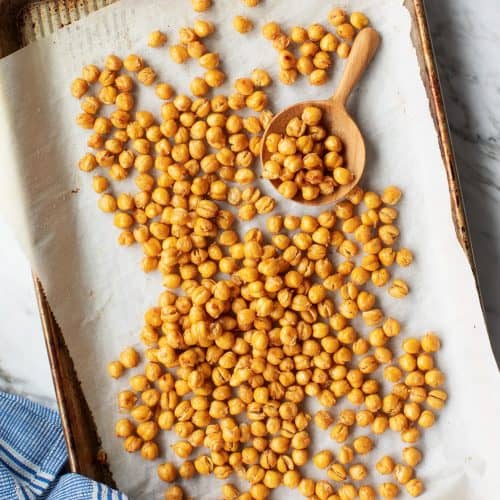
While India dominates chickpea production, several other countries contribute significantly to the global supply:
1. Australia
- Annual Production: Approximately 800,000 to 1 million metric tons
- Australia is the second-largest producer and the largest exporter of chickpeas globally.
- Chickpeas are primarily grown in Queensland and New South Wales.
- Australia focuses mainly on Kabuli chickpeas for international markets such as India, Bangladesh, and the Middle East.
2. Turkey
- Annual Production: Around 500,000 metric tons
- Turkey has a long tradition of chickpea cultivation and is among the top exporters, particularly of Kabuli types.
- Chickpeas are a staple in Turkish dishes like hummus, falafel, and leblebi (roasted chickpeas).
3. Pakistan
- Annual Production: Over 400,000 metric tons
- Chickpeas are mainly grown in Punjab province.
- Pakistan consumes most of its chickpea production locally, with some exports to Gulf countries.
4. Iran
- Annual Production: Around 300,000 metric tons
- Iran produces both Kabuli and Desi types and exports to regional neighbors.
5. Canada and USA
- Canada, especially Saskatchewan, and the USA (Montana, North Dakota) have increased chickpea production due to global demand.
- Most of the produce is for export, especially to Europe and the Middle East.
Global Chickpea Market Trends
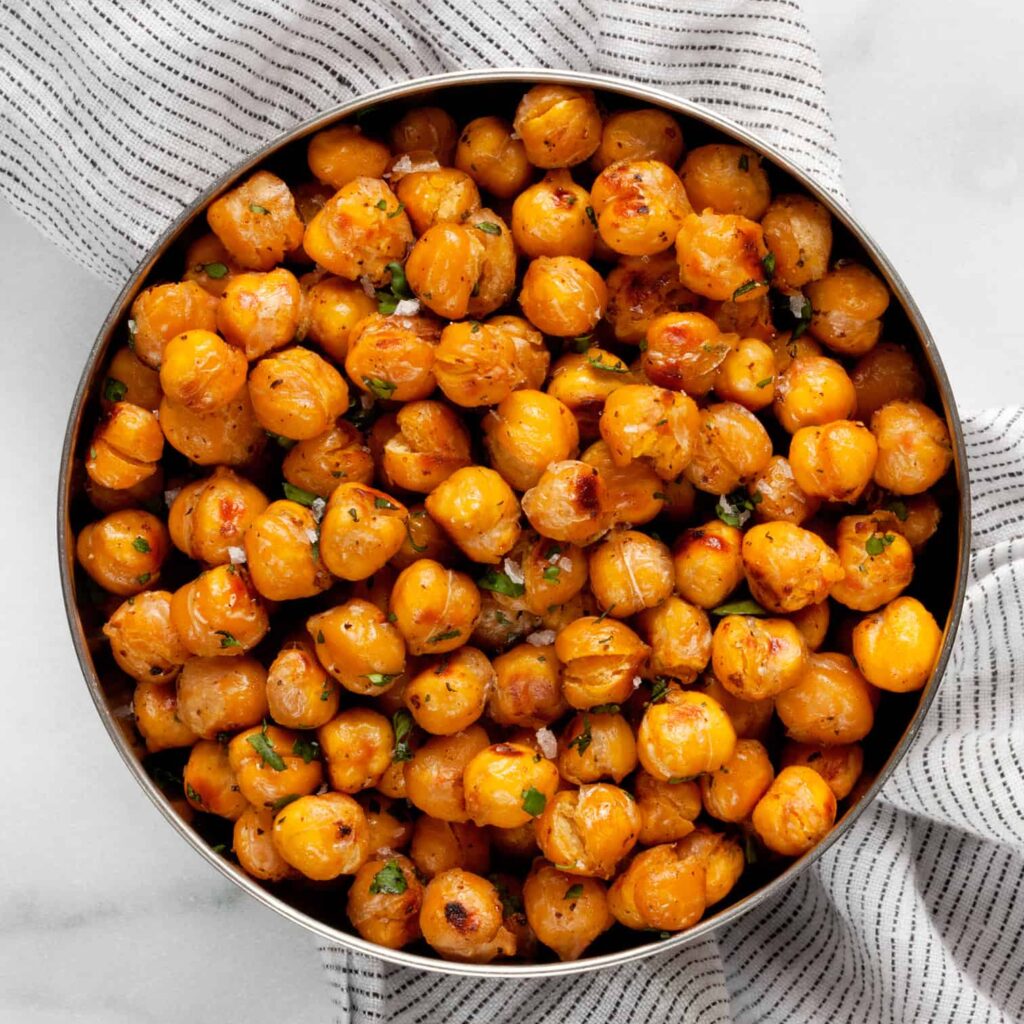
1. Rising Demand
Chickpeas are in high demand due to:
- Growing popularity of plant-based diets
- Health trends promoting high-protein, high-fiber foods
- Increase in vegan and gluten-free food products (e.g., chickpea pasta, chickpea flour)
2. Challenges
- Climate change poses risks through unpredictable rainfall and rising temperatures.
- Pest infestations and diseases like Ascochyta blight can threaten crops.
- Trade restrictions and tariffs impact the global movement of chickpeas, particularly for exporters like Australia.
3. Sustainability and Innovation
- Chickpeas contribute to sustainable agriculture by improving soil health.
- Research is ongoing to develop more resilient and climate-adaptive chickpea varieties.
- Technological integration in agriculture is helping enhance productivity.
Economic and Social Impact in India
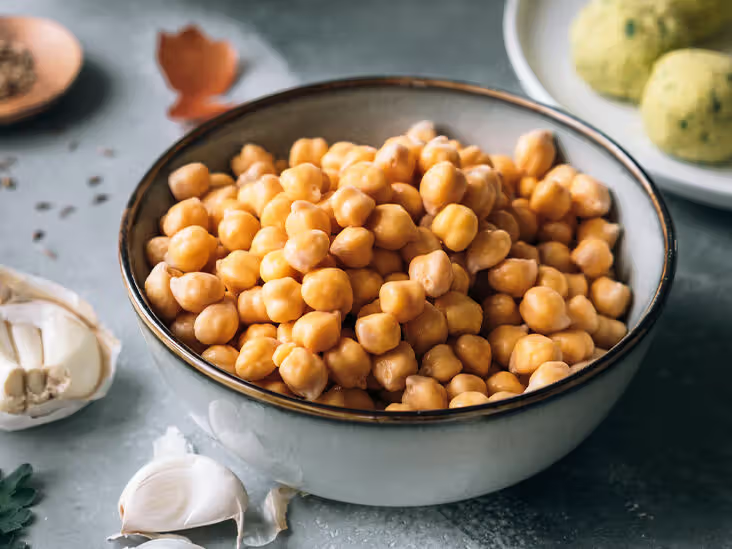
Chickpea farming supports millions of smallholder farmers across India. It provides:
- A vital income source during the Rabi season
- Employment opportunities in rural areas
- Enhanced food security through crop diversification
Government schemes such as the Minimum Support Price (MSP) for pulses, crop insurance, and subsidies on seeds and fertilizers have further encouraged chickpea cultivation.
Conclusion
In summary, India is the largest chickpea producer in the world, thanks to its favorable agro-climatic conditions, strong domestic demand, cultural affinity for pulses, and institutional support for pulse farming. While other countries like Australia and Turkey play vital roles in the global chickpea trade, India’s production scale remains unmatched.
As chickpeas continue to grow in popularity across the globe, their role in sustainable agriculture, nutritional security, and economic development will only become more critical. Strategic investments in technology, climate adaptation, and trade policy will ensure the continued success of chickpea production both in India and worldwide.
